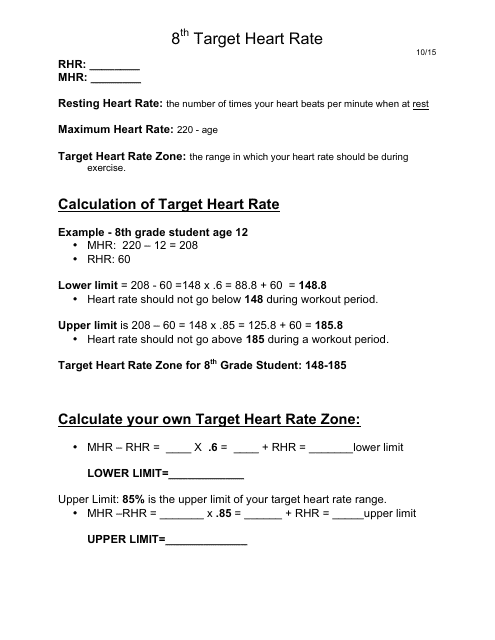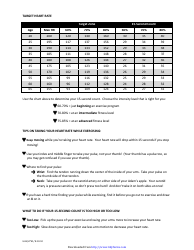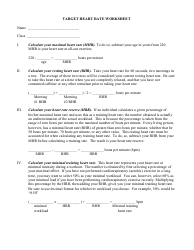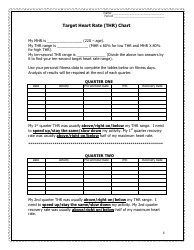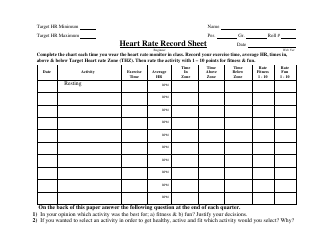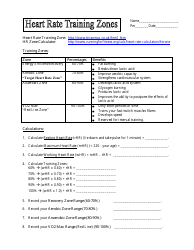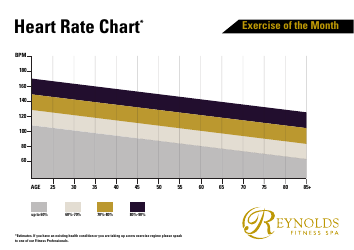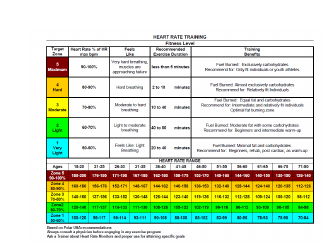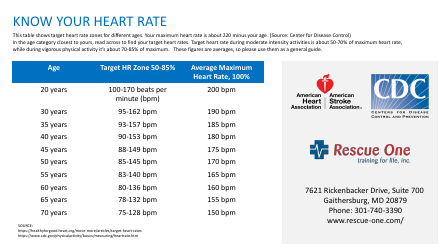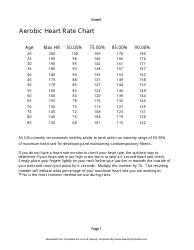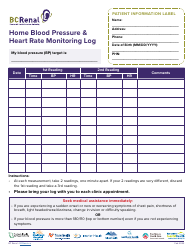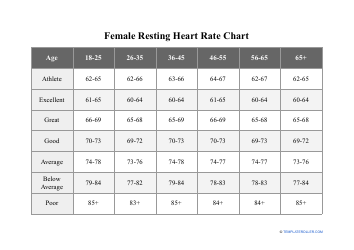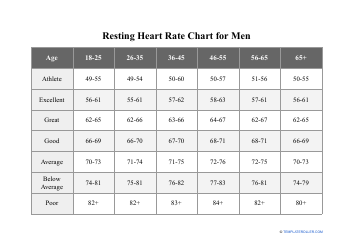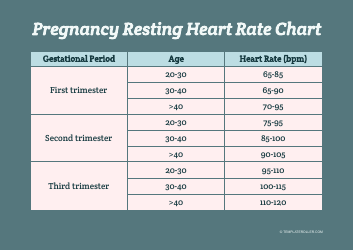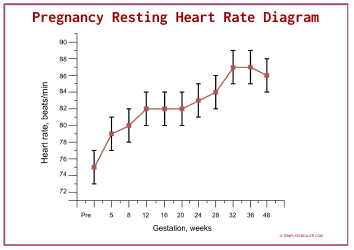Target Heart Rate Calculation Sheet
The Target Heart Rate Calculation Sheet is a tool used to determine the optimal heart rate range during exercise. It helps individuals monitor their heart rate to ensure they are exercising at the right intensity for their fitness goals.
The individual or healthcare professional conducting the target heart rate calculation typically files the sheet.
FAQ
Q: What is a target heart rate?
A: Target heart rate is a measure of the ideal heart rate range to aim for during exercise.
Q: Why is it important to know your target heart rate?
A: Knowing your target heart rate helps ensure that you exercise at the right intensity for maximum health benefits.
Q: How can I calculate my target heart rate?
A: To calculate target heart rate, subtract your age from 220, then multiply by the desired percentage.
Q: What is the desired percentage to calculate target heart rate?
A: The desired percentage to calculate target heart rate depends on the intensity level you want to achieve.
Q: What are some common intensity levels and their desired percentages?
A: Moderate intensity: 50-70% of maximum heart rate. Vigorous intensity: 70-85% of maximum heart rate.
Q: How can I monitor my heart rate during exercise?
A: You can monitor your heart rate during exercise by using a heart rate monitor or manually checking your pulse.
Q: Are there any limitations to using target heart rate?
A: Yes, target heart rate is a general guideline and may not be suitable for everyone. It's always best to consult with a healthcare professional.
Q: Is it safe to exercise above my target heart rate?
A: Exercising above your target heart rate can be safe for some individuals, but it's important to listen to your body and gradually increase intensity.
Q: Can I still benefit from exercise if I don't reach my target heart rate?
A: Yes, any physical activity is beneficial for health. Even if you don't reach your target heart rate, you can still achieve health benefits.
Q: Are there any other methods to measure exercise intensity?
A: Yes, besides target heart rate, you can also use perceived exertion scale, talk test, or metabolic equivalents (METs) to gauge exercise intensity.
